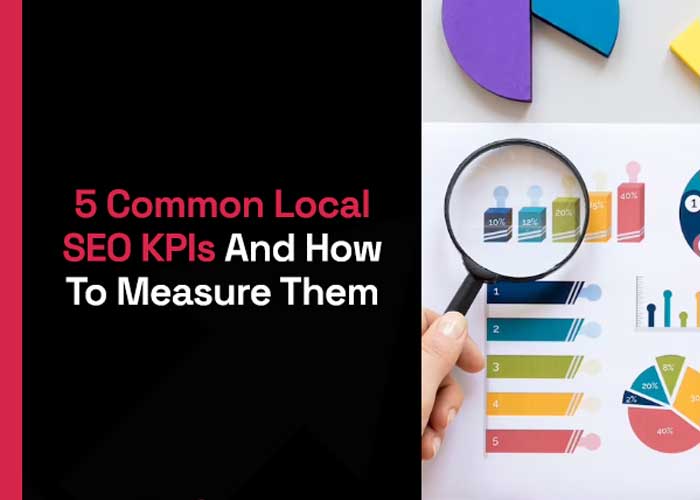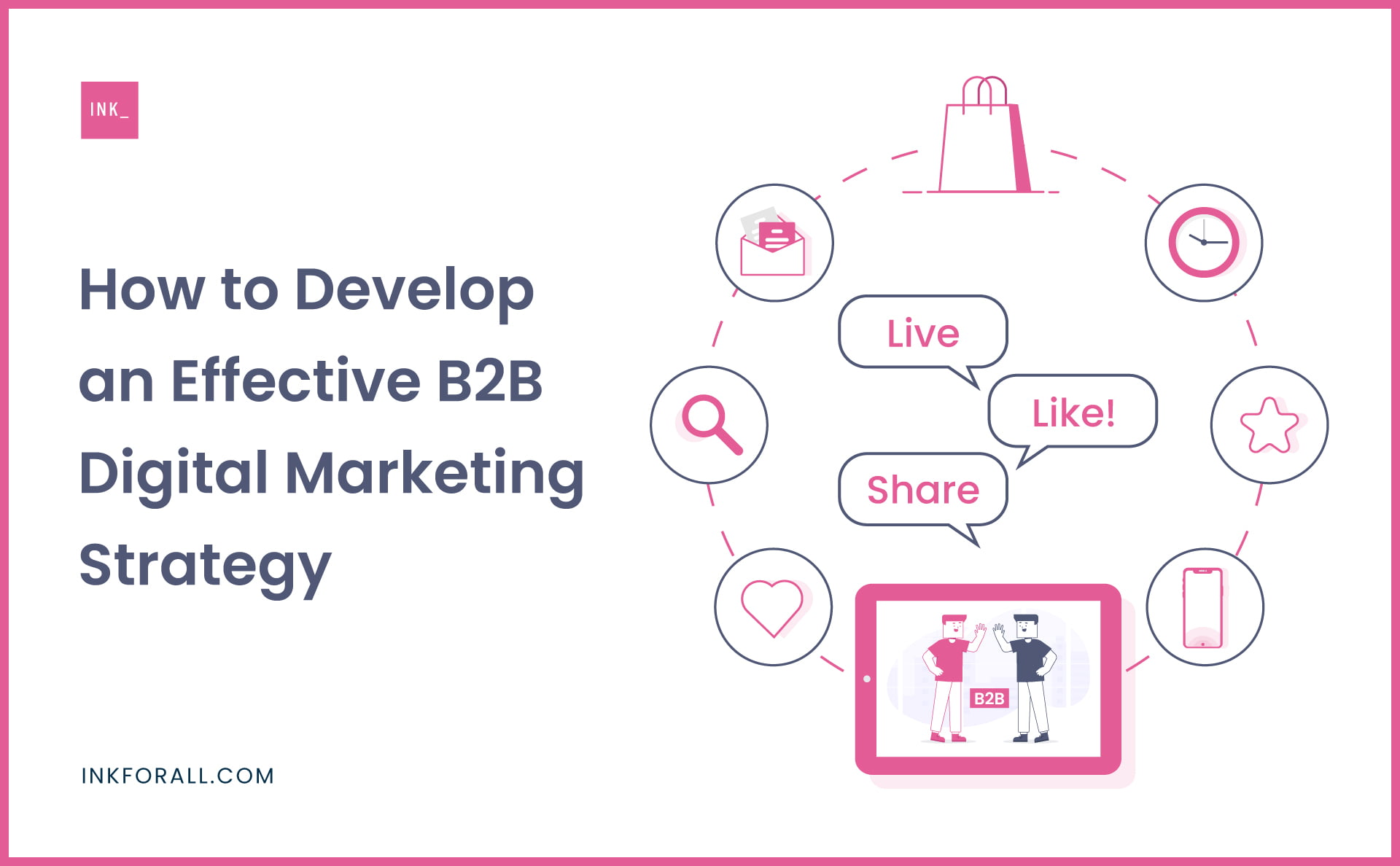Confused about digital marketing impressions? Discover how these vital metrics can transform your construction company’s online visibility and lead generation strategy.
Understanding Digital Marketing Impressions in Construction
In the rapidly evolving digital landscape, impressions serve as a fundamental metric for construction companies seeking to establish and measure their online presence. An impression occurs when your digital content – whether it’s an advertisement, social media post, or website listing – appears on a user’s screen. For construction businesses, understanding impressions is crucial as they provide valuable insights into your marketing campaign’s reach and visibility. Recent studies show that construction companies with strong digital presence receive up to 3.5 times more enquiries than those relying solely on traditional marketing methods.
In the construction sector, where competition for visibility is fierce, impressions serve as an early indicator of market penetration. Unlike clicks or conversions, impressions represent potential exposure, making them particularly valuable for brand awareness campaigns. For instance, when a potential client searches for ‘local building contractors’ or ‘construction services near me,’ each time your business appears in the search results counts as an impression, regardless of whether they click through to your website.
Types of Impressions in Construction Marketing
- Served Impressions: These occur when your content is delivered to a user’s device, common in display advertising campaigns for construction services
- Viewable Impressions: These are counted only when your content appears within the viewable area of a user’s screen for a minimum duration
- SERP Impressions: These happen when your construction business appears in search engine results
- Social Media Impressions: Counted when your posts appear in users’ social media feeds
- Display Ad Impressions: Occur when your construction-related advertisements appear on websites within advertising networks
How Impressions Impact Your Construction Business
For construction companies, impressions play a vital role in establishing market presence and generating leads. Research indicates that it takes an average of 7-8 impressions before a potential client takes action. This repeated exposure builds familiarity and trust, particularly crucial in the construction industry where projects often involve significant investment. When your company consistently appears in local search results, industry-specific platforms, and targeted advertising spaces, you create multiple touchpoints that contribute to brand recognition and authority in your service area.
Measuring and Tracking Impressions
Effective impression tracking requires a comprehensive approach using various digital tools and platforms. For construction companies, the primary tools include:
- Google Analytics: Tracks website impressions and user behaviour
- Google Search Console: Monitors SERP impressions and click-through rates
- Social Media Analytics: Measures impression data across social platforms
- Ad Platform Analytics: Provides detailed impression data for paid campaigns
Key Metrics Related to Impressions
Understanding the relationship between impressions and other metrics is crucial for construction marketing success. The average click-through rate for construction-related ads is 2.4%, making it essential to monitor these key metrics:
- Click-Through Rate (CTR): Percentage of impressions that result in clicks
- Cost Per Thousand Impressions (CPM): Standard pricing model for display advertising
- Impression Share: Your impressions compared to total available impressions
- Frequency: Average number of times users see your content
Optimising for Better Impressions
To maximise the value of impressions for your construction business, focus on these strategic areas:
Start by optimising your content for local search terms and industry-specific keywords. Ensure your website contains relevant, high-quality content that addresses common construction queries and showcases your expertise. Construction companies that optimise their digital content see an average 45% increase in qualified leads. Implement a consistent posting schedule across social media platforms and maintain an active presence on industry-relevant forums and directories.
Common Impression Tracking Mistakes to Avoid
Many construction companies make critical errors when tracking and interpreting impression data. The most common mistakes include:
- Focusing exclusively on impression volume without considering quality
- Neglecting to segment impression data by source and audience
- Failing to correlate impressions with business outcomes
- Overlooking seasonal trends in construction-related searches
Leveraging Impressions for Construction Lead Generation
Transform impressions into valuable leads by implementing a strategic approach to your digital presence. Create compelling landing pages specific to different construction services, implement clear calls-to-action, and develop a robust lead nurturing system. Construction companies using targeted landing pages see conversion rates increase by up to 25%. Utilise retargeting campaigns to re-engage users who have previously shown interest in your services, as these typically yield higher conversion rates.
Future of Impression Tracking in Construction Marketing
The landscape of digital marketing for construction companies continues to evolve, with several emerging trends shaping the future of impression tracking:
- AI-powered analytics for more accurate impression quality assessment
- Enhanced privacy-compliant tracking methods
- Integration of augmented reality in construction marketing
- Advanced attribution modelling for complex customer journeys
Making Impressions Count: Action Steps for Your Construction Business
To maximise the value of impressions for your construction business, implement these essential steps:
Begin by conducting a comprehensive audit of your current digital presence and impression performance. Set clear, measurable goals for impression growth and engagement. Allocate at least 30% of your marketing budget to digital channels that generate quality impressions. Regular monitoring and adjustment of your strategies based on performance data is crucial for success. Remember, in the construction industry, quality impressions lead to quality leads, which ultimately result in profitable projects and long-term business growth.
FAQ
What does Instagram count as an impression?
Instagram Impressions: The number of times your content, whether a post or a story, was shown to users. While commonly confused with reach, impressions are the total number of times your content could have been seen.
What are the three types of impressions?
In digital marketing, impressions can be categorized into three main types:
- Served Impressions – The number of times an ad is delivered to a user’s device, regardless of whether it was viewed.
- Viewable Impressions – Impressions that meet industry standards for being visible on-screen (e.g., at least 50% of the ad is visible for one second for display ads, or two seconds for video ads).
- Engaged Impressions – Impressions where users interact with the content, such as clicking on an ad, watching a video, or engaging with a post.
What counts as an impression?
In search engine optimisation (SEO), an impression is recorded when a user sees a link to your website on search engine results pages (SERPs), even if they don’t click it. This includes standard search listings, featured snippets, and rich results. However, impressions may not be counted if the user does not scroll down far enough to see the link.
How do you take digital impressions?
Digital impressions are tracked through analytics tools such as Google Analytics, Meta Business Suite, and ad platforms like Google Ads and LinkedIn Campaign Manager. These platforms measure impressions across different placements, including search, display, social media, and video ads. For greater accuracy, marketers use UTM parameters, tracking pixels, and platform-specific insights to monitor campaign performance.
Sources
[1] https://www.adjust.com/glossary/impression/
[2] https://business.adobe.com/blog/basics/marketing-impressions
[3] https://www.pageonepower.com/search-glossary/marketing-impressions


